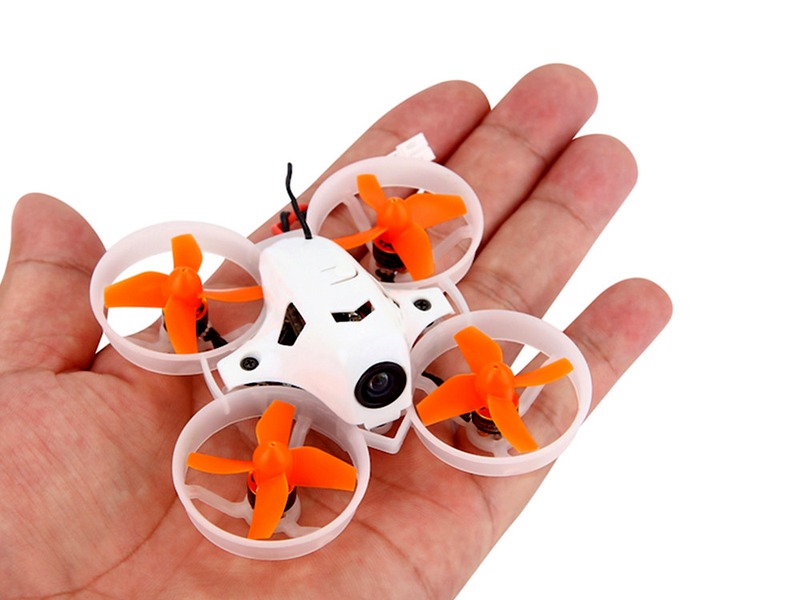Can I fly my FPV drone at night?

Yes, you can fly your FPV (first-person view) drone at night, but there are a few things that you should keep in mind. Depending on where you live, there may be local regulations that prohibit flying at night. It’s important to be aware of these laws and follow them accordingly.
When flying an FPV drone at night, it’s important to make sure that the drone is equipped with lights. This will make it easier to keep track of your drone’s location, allowing you to steer clear of obstacles and other obstructions. LED lights are usually the best option as they are extremely visible in the dark.
Additionally, it’s important to be aware of the drone’s battery life. When flying at night, your drone’s battery will deplete more quickly due to the additional strain of powering the lights. This is why it’s important to monitor the battery level and plan your flight time accordingly.
Safety is also of the utmost importance when flying an FPV drone at night. It’s important to be aware of your surroundings and ensure that your drone is not flying too close to people, buildings, or other objects. Flying near obstacles could cause your drone to crash, so it’s important to remain cautious and keep a safe distance.
Finally, it’s important to be aware of the lighting conditions. Make sure that there is enough light available for you to get a good view of your drone’s surroundings. Flying too close to the ground and in areas with a lack of light could make it difficult to monitor your drone’s flight path and cause a crash.
In conclusion, flying your FPV drone at night is possible, but it’s important to be aware of the potential risks and plan accordingly. Make sure that the drone is equipped with lights, monitor the battery level, keep a safe distance from obstacles, and be aware of the lighting conditions to ensure a safe and enjoyable flight.
Comments / Question
1. Make sure you have adequate lighting on your drone. This will not only help you to see your drone in the dark, but it will also help other people in the area to see your drone and avoid a potential collision.
2. Make sure you have a good power supply for your drone. Flying at night will require more power than flying during the day, so you should make sure your battery is fully charged and that you have enough spare battery power for your flight.
3. Monitor your drone’s battery life. It is important to keep an eye on your battery level while flying in the dark, as the battery levels may drop faster than normal.
4. Keep your drone within sight at all times. This is especially important when flying at night, as other aircraft may not be able to see your drone in the dark.
5. Be aware of your surroundings. It can be difficult to identify obstacles in the dark, so make sure you are aware of your surroundings and keep an eye out for any potential hazards.
6. Check the weather conditions. Make sure to check the weather before you fly to ensure that it is safe to fly in the dark.
2. Use a bright colored LED light on your drone to make it more visible.
3. Make sure you are familiar with the area you are flying in and that you have a plan for where you will fly.
4. Make sure you have a clear line of sight to your drone at all times.
5. Keep your drone within visual line of sight.
6. Fly at a safe altitude and speed.
7. Avoid flying over people or populated areas.
8. Have a plan for how you will land your drone if something goes wrong.
9. Make sure your batteries are fully charged.
10. Have a backup battery in case of emergencies.

